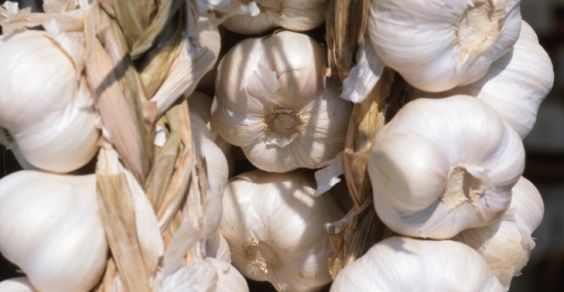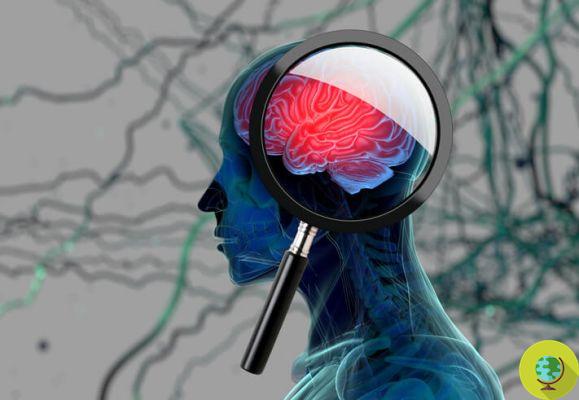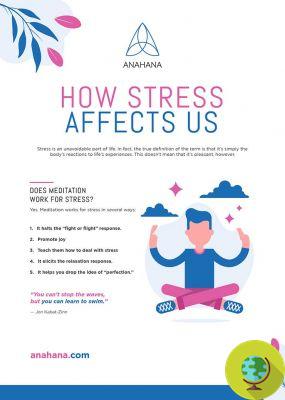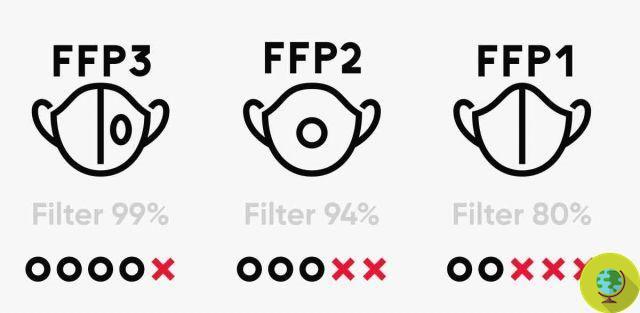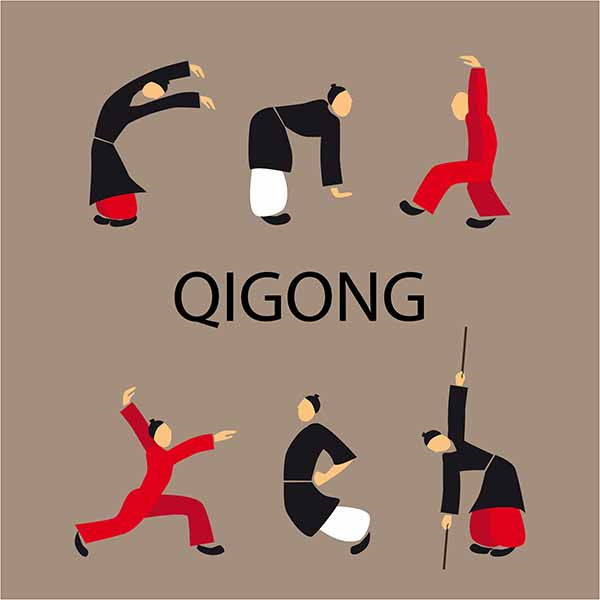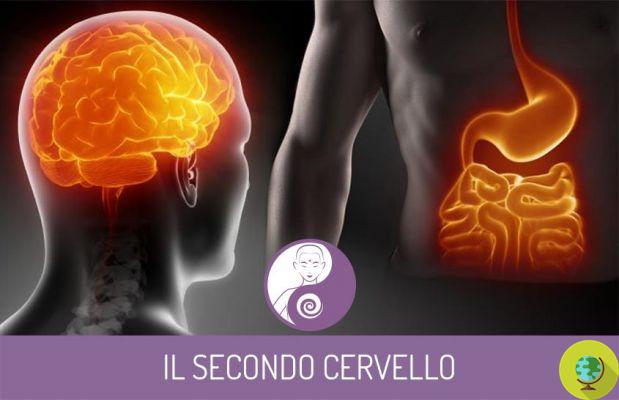
Three brains, three different intelligences to be harmoniously aligned, to live better. Guided by the heart.
Don't store avocado like this: it's dangerousAlthough some human bipeds show that they may not even have one, in reality each person has as many as three brains. Three. In fact, neuroscience has discovered the presence of a complex neuronal network, in continuous evolution and capable of processing data independently (in short, a real brain) not only in the head but also in the heart and belly. Not that it is a surprise (many spiritual sources have said this for at least 2500 years) but now even the unbelievers, all of them, have, as they say, the "proven proof".
- The first brain it is what we all know; one of the most recent models to describe it is Maclean's “tripartite” one: the reptile brainresponsible for survival behaviors, including instinctive fight-flight responses; the limbic system, involved in higher emotions, motivation, memory, learning and the neocortex, highly developed in humans, which allows cognitive and rational functions and self-awareness. According to MacLean, each of them is able to function "with a certain independence" even if they then function together, like a triune brain. As he specified Panksepp, psychologist and neuroscientist, these parts influence each other in a circular and reciprocal way; various researches have recently shown that its neural structure can be modified thanks to meditation (which first acts on behavior and mood and then, in the long run, changes the physical "shape").
- Il second brain develops "around" the heart; it has from 40 thousand to 120 thousand or more neurons (the number varies from person to person and can change over the course of life), is capable of producing neurons and establishing new neuronal connections; secretes and uses hormones such as dopamine and norepinephrine and also theoxytocin, the hormone of love and social bonds. He knows how to learn and change himself; as they found out John e Beatrice Lacey in twenty years of research, he has a logic that is often different from that of the autonomic nervous system and can send signals, information that influence and determine the person's behavior. In other words: even science today knows that the heart has its own profound and influential intelligence.
- Il third brain is enteric: belly, in short. Better still: in the belly. Intestine. The first to discover its presence were two doctors, Bayliss e Radiation, at the end of 1800: they were not considered. Thanks to the powerful and most recent research work of Michael Gershon, neurobiologist, we now know that the enteric brain has more than 500 million neurons variously present in the sheath that lines the esophagus, stomach and the entire intestine (large, small, colon and rectum). It sends and receives signals from the whole body; produces, among others, large quantities of Serotonin and even benzodiazepines (psychoactive chemical agents also used in drugs that have a sedative function). It is endowed with plasticity, it learns, it builds new memories, it assumes new behaviors and it is the oldest: both on an evolutionary level and during gestation, it is formed before the other two brains. It plays an important role in the determination of one's identity: provides the image, deep, subconscious, of oneself, the sense of primordial identity.
READ also: SECOND BRAIN INTESTINE: WHY?
Even without being a scientist, one can guess that our life would work better if these three brains acted in harmony with each other: if Mother Nature has placed them in our body, there is an evolutionary and profound reason. Unfortunately, we are not used to considering and / or managing them consciously: the result is an excessive rationalization of behaviors or, on the contrary, only emotional manifestations or only in the gut. Overall, therefore, we use our intelligences either partially, or in a reactive, disharmonious way.
The spiritual traditions and those linked to authentic wisdom remind us that everything starts from the intelligence of the heart: a life read and lived, acted out in the choices and in the determinations, in the motivations, from love in the broad sense (therefore from an attention to the good not only personal but of all) is the only one that can give authentic and profound satisfactions and be, as well, constructive, producer of happiness. For this to really happen, however, it is necessary that the (authentic) intent of the heart is translated into thought (which allows to formulate hypotheses of intervention, choices, decisions regarding the actions to be done) and also supported on an emotional level, with a passage then in the deepest feeling of the belly.
The path is not easy because, of course, all our internal "saboteurs" or the different "shadows" (if we want to use a term dear to Jung) intervene on the road. How to do? It takes determination, courage and the will to grow in love. They can help some meditation techniques (such as mindfulness) or a path that helps to seriously develop the spiritual talents that each of us possesses.
For those who prefer a more scientific approach, recent findings in neuroscience are summarized in mBIT (techniques for the integration of multiple brains): a detailed guide, full of information and exercises is "mBraining, Harmonizing the 3 brains" by Grant Soosalu e Marvin Oka (Amrita Editions). In simple language, the book explains not only how brains communicate, sometimes even in a conflictual way, with each other but also teaches the practical way to arrive at an inner alignment that will allow you to make choices - in life, in affections. , at work - more harmonious and effective.
Turn that turns you, the fundamental principle is always the same: it is the heart that must guide. Even for neuroscience. From there we begin and there is the house to return to: where the Spirit seeks his place.
Anna Maria Cebrelli









